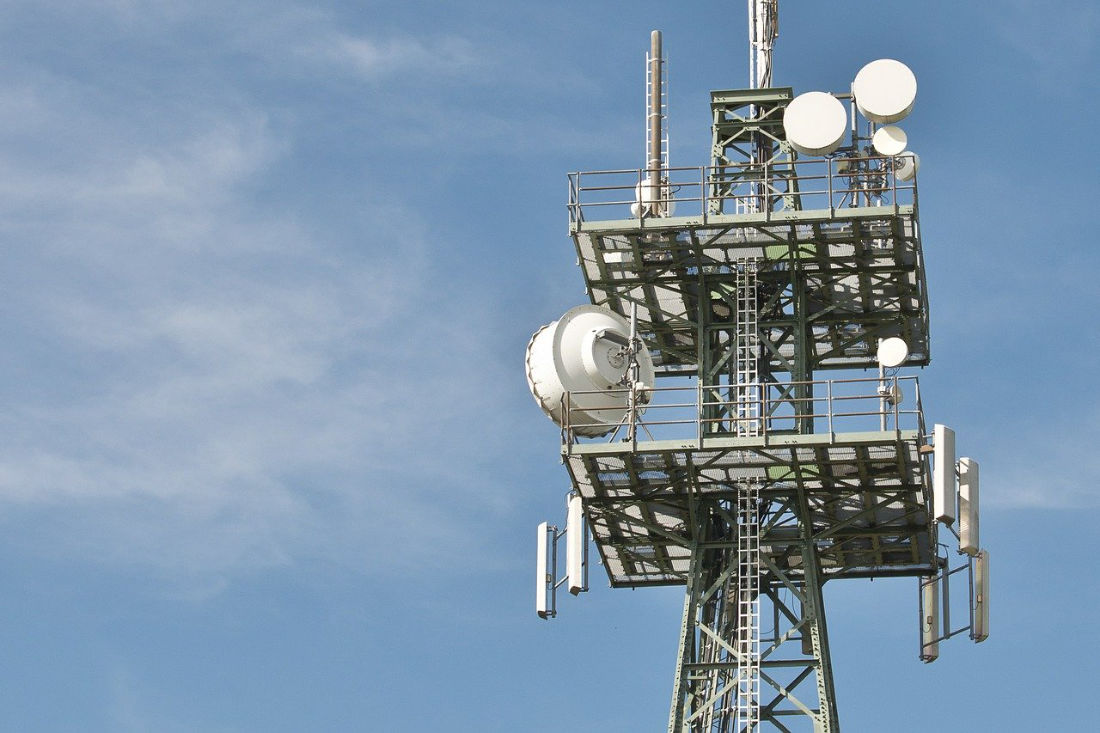Despite a deal being reached between Verizon, AT&T and the FAA, the carriers’ 5G may still cause problems with aircraft in low-visibility conditions.
Verizon and AT&T spent billions purchasing mid-band spectrum for their 5G rollouts, only to have the FAA raise concerns about the spectrum interfering with aircraft altimeters. The issue stems from the spectrum being in the 3.7 to 3.98 GHz range, considered a sweet spot for 5G, but relatively close to the spectrum altimeters use in the 4.2 to 4.4 GHz range.
Verizon and AT&T came to an agreement with the FAA to limit the power of their 5G signals, but the FAA is warning pilots that may not be enough. In a statement on 5G, in which the FAA declares its belief that 5G and aviation can safely coexist, the agency does provide a warning about possible interference.
The FAA is adopting a new airworthiness directive (AD) for all transport and commuter category airplanes equipped with a radio (also known as radar) altimeter. This AD was prompted by a determination that radio altimeters cannot be relied upon to perform their intended function if they experience interference from wireless broadband operations in the 3.7-3.98 GHz frequency band (5G C-Band).
The interference will especially be a concern in low visibility situations.
This AD requires revising the limitations section of the existing AFM to incorporate limitations prohibiting certain operations requiring radio altimeter data when in the presence of 5G C-Band wireless broadband signals as identified by NOTAM. These limitations could prevent dispatch of flights to certain locations with low visibility, and could also result in flight diversions.
The only carrier unaffected by the FAA’s concerns is T-Mobile. The magenta carrier’s mid-band 5G spectrum falls in the 2.5 GHz range, a range that is no threat to altimeters.




 WebProNews is an iEntry Publication
WebProNews is an iEntry Publication